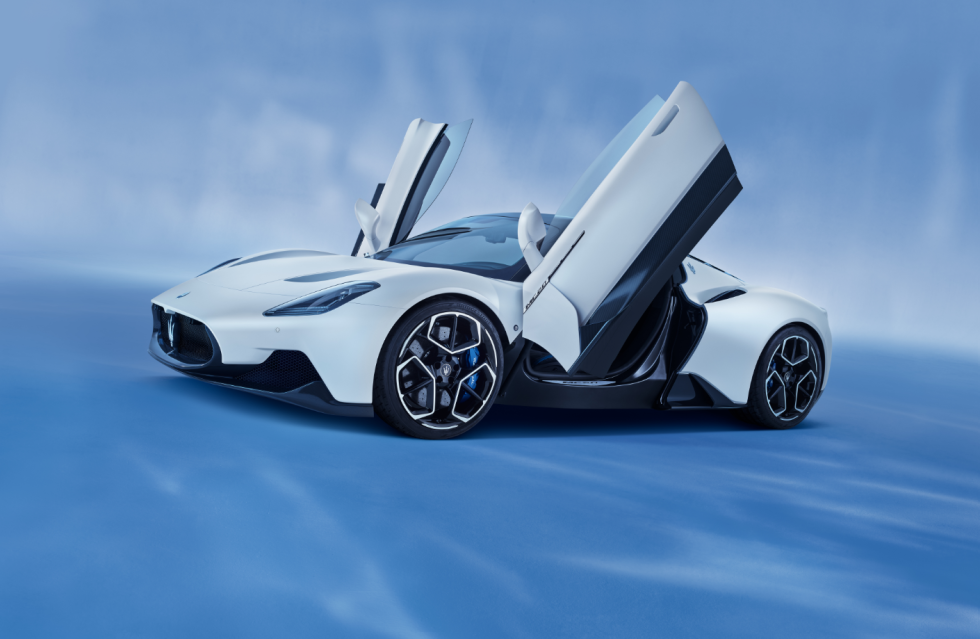Maserati’s new MC20 supercar uses F1 engine efficiency technology

Maserati has high hopes for its new supercar, the MC20. [credit: Maserati ]
Lucid wasn't the only car maker to whip the sheets off a new car on Wednesday night. Maserati got in on the action, too, unveiling its new MC20 supercar to a socially distanced audience in Modena, Italy. It's the brand's first supercar since the MC12, a mid-2000s car that was derived from the Ferrari Enzo. But unlike that car, the MC20 won't be restricted to a mere 50 units but will be a regular production model, with a number of different variants that in time will even include a battery-electric option.
Details of the electric MC20 will have to wait for another day, but that doesn't mean the gasoline-powered car should be overlooked. In fact, it's powered by a rather interesting 621hp (463kW), 538lb-ft (730Nm) Nettuno 3.0L twin-turbo V6 that incorporates some clever new technology that until now has only been found in Formula 1 cars.
In those highly specialized racing cars, Ferrari and Mahle called their new tech "turbulent jet ignition"; for this production engine, Maserati is calling it "Maserati Twin Combustion," which is a pretty good description. The Nettuno engine can operate like a normal internal combustion gasoline engine, igniting fuel within the cylinder. But it also has the ability to divert a small amount of fuel to a pre-chamber, sending the rest of it to be better-dispersed into the cylinder through small holes along its wall. By combusting this small amount of fuel first, the bulk of the gas can be more efficiently burned because it's more evenly distributed, thereby boosting thermal efficiency. (In its F1 application, it was allowing the internal combustion engines to reach a thermal efficiency of 47 percent, which you can read about in our previous coverage.)
Read 4 remaining paragraphs | Comments